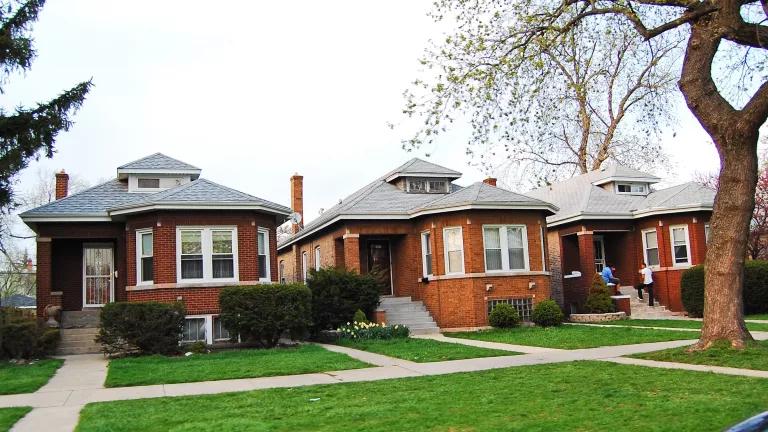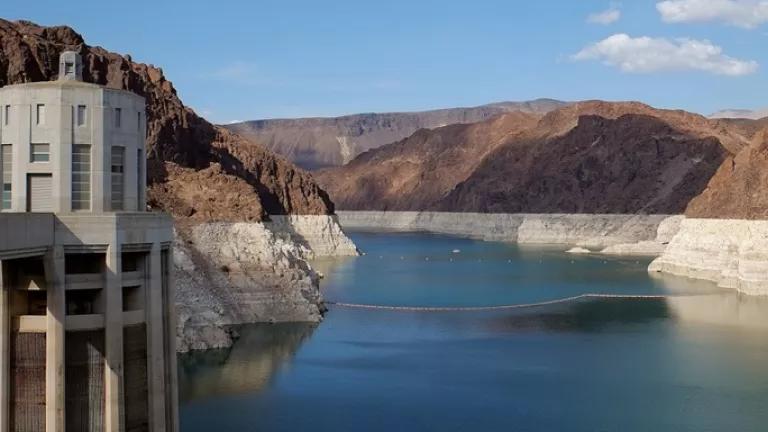Revitalizing the Chicago Area Waterway System
Key to a Healthy, Vital, Sustainable Greater Chicago
Waterways hold the potential to relieve stress on roads and rail by shouldering some of the freight load from trucks and railroads while reducing greenhouse gases and other pollution. But not all waterways are created equal, and major urban centers must decide how to use their waterways given their structural conditions, operational constraints, ecological role, and functional potential as well as the needs of the population.
Chicago, in particular, must take a hard look at the current state of its inland waterways, known collectively as the Chicago Area Waterway System (CAWS), and determine how these rivers and canals can best serve its residents and other stakeholders, with an eye to the future. And the time to do so is now: Asian carp and other destructive aquatic invasive species (AIS) are using the CAWS as a highway between the Great Lakes and Mississippi River.
In addition, the CAWS continues to function as an outlet to Chicago's aging and crumbling sewer system, receiving untreated sewage, failing to meet the standards of the Clean Water Act, and adversely affecting the people, property and environment in Chicago, the Great Lakes and the Mississippi watershed. The physical configuration of the CAWS also constrains the movement of shipping, compromising its role in the economy. Given the threats to the Great Lakes and Mississippi River, as well as the Greater Chicago population, what to do with the CAWS is not a pressing question simply for the city, but for the nation.
To move the CAWS to a brighter future—one that brings livable communities, clean industry and protection from aquatic invasive species to Chicago, the region and nation as a whole—we must take a serious look at reconfiguring goods movement on the CAWS and ensuring that the businesses who rely on it are acting as good neighbors. The challenge for CAWS stakeholders is to present a practical vision of the waterway that is in sync with the broader community's legitimate need for a healthy, vibrant future, where the CAWS is a support rather than a threat to a shared, sustainable future.
The full technical report by Cambridge Systematics can be found here: https://www.camsys.com/sites/default/files/publications/Web_CAWS_Report.pdf



